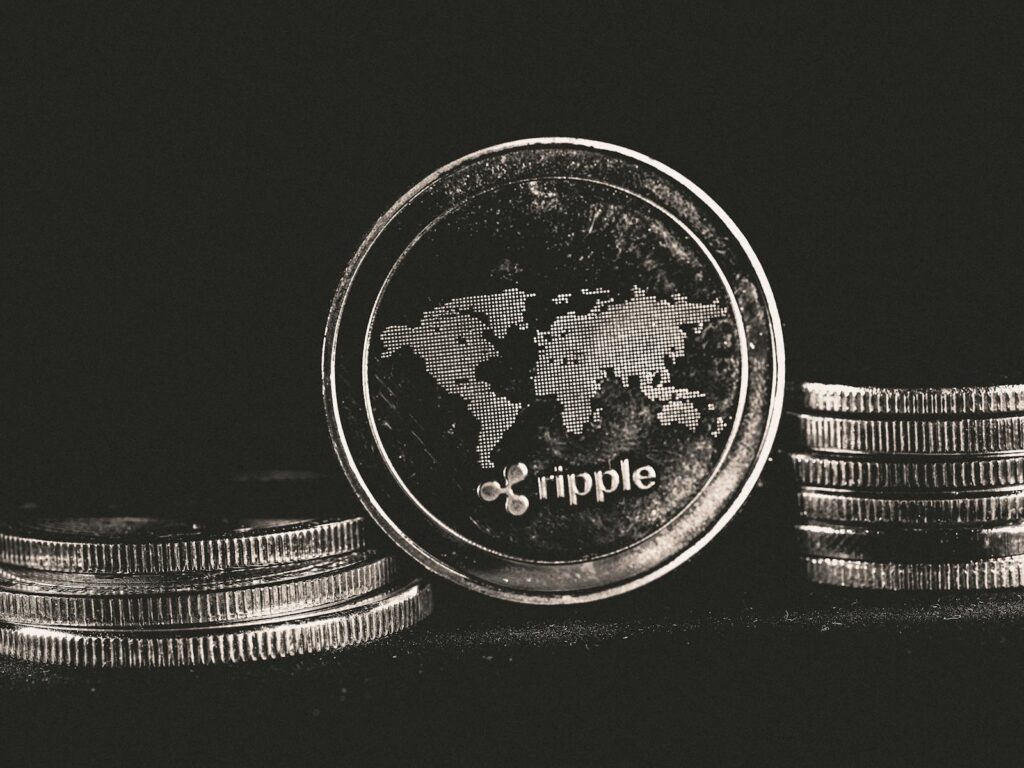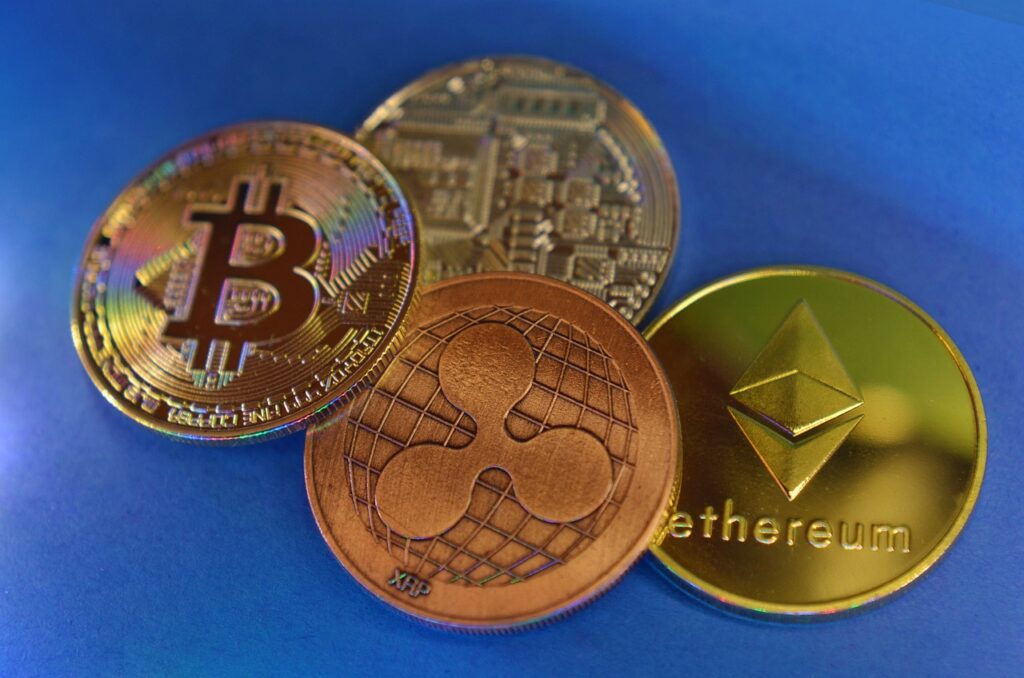Main Points:
- Bitcoin surged due to expectations surrounding the U.S. presidential elections and China’s financial stimulus.
- Ethereum proposes lowering validator entry requirements to encourage more participation.
- Ripple’s legal case with the SEC enters a new phase with significant updates.
- Avalanche gains attention with the success of its game “Off The Grid.”
The past week has brought significant movement in the cryptocurrency world, with Bitcoin and Ethereum seeing considerable growth. Ripple’s ongoing legal battle with the SEC has also entered a critical new phase, while Avalanche has garnered attention due to a gaming success story. Let’s take a deeper look into each of these developments, exploring the implications for the wider market.
Bitcoin: Political Influence and Market Sentiment
Bitcoin’s price experienced a notable rise this week, reaching a new high of $69,000—its highest since July. Two key factors contributed to this surge: the upcoming U.S. presidential elections and China’s economic stimulus measures.
On the political front, Donald Trump is significantly leading Vice President Kamala Harris in the prediction markets, particularly in platforms like Polymarket. Investors see a potential Trump win as favorable for Bitcoin due to his more laissez-faire approach to cryptocurrency regulation. Moreover, China announced a massive additional financial stimulus, potentially injecting around $1.25 trillion into its economy over three years. This move is seen as a boost for assets like Bitcoin, which benefits from global liquidity flows.
Adding to the bullish sentiment, Elon Musk’s Tesla moved approximately $1 billion worth of Bitcoin for the first time in two years, raising speculation that the company may either sell or continue holding this substantial amount. This event has kept the market on high alert, given Tesla’s historical impact on Bitcoin prices.
Ethereum: Encouraging Decentralization with Lowered Validator Requirements
Ethereum, the second-largest cryptocurrency by market capitalization, saw a more than 8% price increase over the past week, fueled by significant announcements from its co-founder, Vitalik Buterin. On October 14, Buterin proposed lowering the entry threshold for Ethereum validators from 32 ETH (approximately $120,000) to just 1 ETH (around $3,800). The move aims to democratize Ethereum staking by allowing more individual investors to participate, potentially increasing network decentralization.
Currently, the requirement to become a validator is prohibitively high for most retail investors, limiting their ability to engage with the Ethereum ecosystem. Lowering the barrier to just 1 ETH could unlock a new wave of smaller-scale validators, enhancing Ethereum’s security and resilience.
Additionally, Buterin outlined ambitious long-term plans for Ethereum, aiming for the network to process 100,000 transactions per second (TPS). While the current TPS for Ethereum hovers around 15–20, competitors like Solana are already exceeding 7,000 TPS. Scaling remains a critical challenge for Ethereum, and these proposed changes could help it remain competitive in the ever-evolving blockchain space.
Ripple: SEC Case Enters a New Stage
Ripple’s legal battle with the U.S. Securities and Exchange Commission (SEC) took another critical turn this week. On October 17, the SEC filed a new briefing with the court, requesting a review of the previous ruling in the case. This comes after Ripple had won a partial victory earlier this year when the court ruled that its programmatic XRP sales did not constitute securities offerings.
The SEC now seeks a reassessment, specifically focusing on the individual sales of XRP by Ripple’s CEO, Brad Garlinghouse, and co-founder, Chris Larsen. They argue that these transactions could still qualify as securities, despite the earlier decision. This ongoing litigation has kept XRP’s price relatively stagnant, with a modest gain of 1.3% for the week.
Ripple has countered by filing its cross-appeal, aiming to clarify the legal definition of an “investment contract.” This case could set a critical precedent for the broader cryptocurrency market, as it tests the application of securities laws to digital assets. Many in the industry are watching closely, as a definitive ruling could either stifle or embolden future crypto projects in the United States.

Avalanche: A New Surge in Attention Due to Gaming
Avalanche (AVAX) emerged as a noteworthy player this week, driven by the success of the game “Off The Grid” (OTG), which runs on the Avalanche blockchain. OTG, a battle royale-style game, has gained immense popularity and is currently ranked first in the free games category on the Epic Games Store. This success has brought renewed attention to Avalanche, highlighting the blockchain’s potential in the growing GameFi sector (Gaming Finance).
Avalanche’s efficient consensus protocol makes it ideal for gaming and other high-throughput applications, as it can process thousands of transactions per second. With the rise of blockchain gaming and the increasing integration of decentralized finance (DeFi) elements into games, Avalanche is positioning itself as a leader in this space. Its recent partnership with major gaming platforms has further solidified its place in the GameFi market.
Crypto Market Outlook and Future Potential
In summary, this week has seen major developments across several top cryptocurrencies:
- Bitcoin surged on the back of political and economic news, with expectations surrounding both the U.S. election and China’s financial stimulus.
- Ethereum continues its path toward greater decentralization and scalability, proposing lower entry requirements for validators and outlining ambitious network upgrades.
- Ripple is still entangled in a legal battle that could have far-reaching consequences for the future regulation of cryptocurrencies in the U.S.
- Avalanche is capturing new attention through the success of its gaming applications, demonstrating the blockchain’s potential in the expanding GameFi sector.
These developments highlight the ongoing evolution of the cryptocurrency landscape, with both market-driven and regulatory factors playing pivotal roles. For investors and developers, understanding these dynamics is essential for navigating the complex, rapidly changing world of digital assets.


